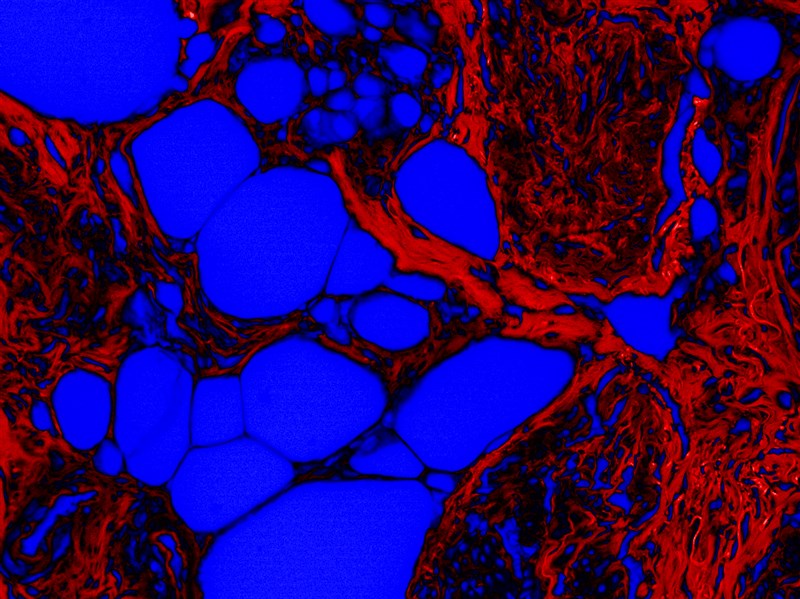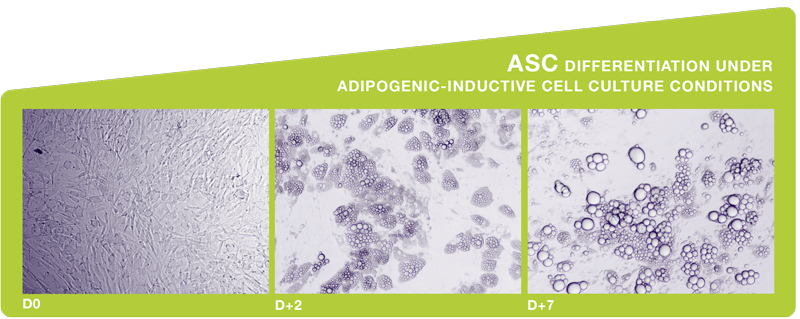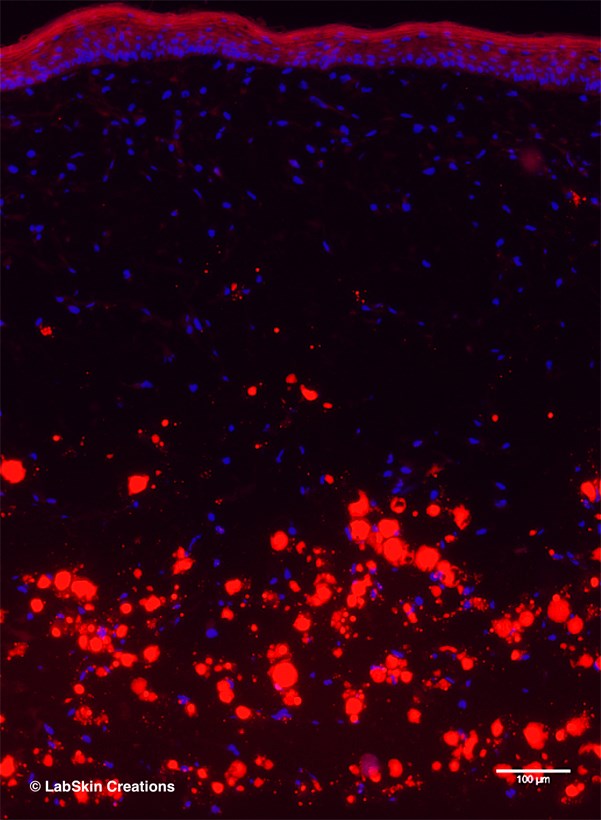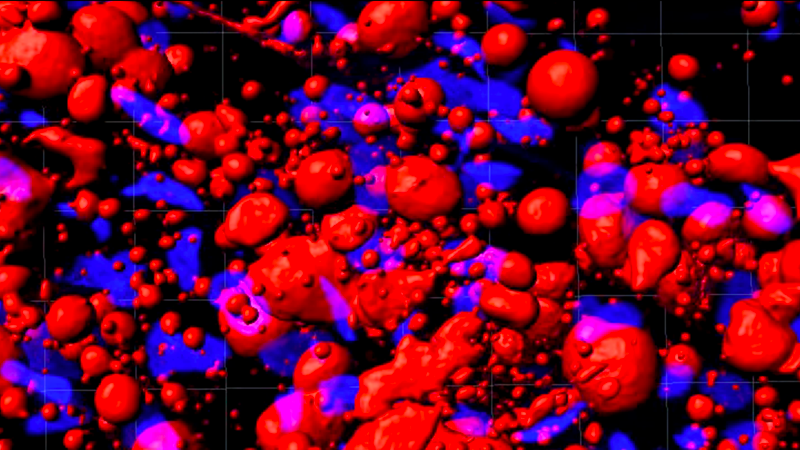LABSKIN HYPODERMIS
Towards a three-layered 3D full-thickness skin equivalent

What is it About?
The human skin is a layer-structured organ comprising different systems and multiples cell populations communicating together to ensure its homeostasis and regeneration.
In the past few decades, conventional skin tissue engineering approaches focused mainly on the epidermal and dermal components and remained partially effective in their ability to associate the third and deepest layer of the skin, the hypodermis.
By using our long standing expertise in Adipose Science combined with proprietary tissue engineering technologies, LabSkin Creations develops functional 3D adipose tissue for testing.
Adipose Tissue Science, a LabSkin’s long standing expertise
LabSkin Creations developed for years a deep knowledge in adipose tissue science based on the pioneer work of Dr. Odile Damour.
Combining our expertise in both stem cells extraction and medium formulation, we established a robust technology to generate functional adipose stem cells (ASC) from different donors.

LabSkin ASC cultured in our proprietary media are capable to proliferate and differentiate into functional mature adipocytes within 7 days.
Three-layered full-thickness skin equivalent including hypodermis
We increased complexity of engineered skin by incorporating a viable adipose layer providing cell-cell interactions, such as those mediated by paracrine-acting factors that may improve the physiological relevance of skin equivalents
to enable them to more closely mimic features of human skin.

Bioprinted hypodermis displayed adipocytes cells forming droplets homogeneously distributed within the tissue.
Nil Red staining highlights the formation of large lipid droplets-containing cells.

LabSkin HYPODERMIS unique technology is a relevant platform to explore molecular mechanisms underlying cutaneous layers cross-talks and to identify dermo-cosmetics active compounds acting on the subcutaneous fat compartment.
This strategy combining advanced cell culture techniques and cutting-edge tissue engineering approaches paves the way towards a more physiologically-relevant and sustainable 3D skin equivalent tissue.








